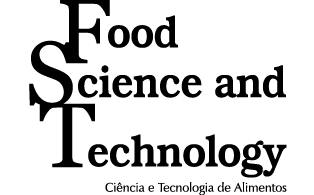Abstract
Fistularia petimba is a fish species that has gained growing interest due to its appreciation for sushi and sahimi in Japanese restaurants of the coastal cities of Cabo Frio and Armação de Búzios, state of Rio de Janeiro, Brazil. The constant presence of helminths in the viscera, serosa and adjacent musculature of this fish has been the subject of important complaints among local fish traders, because of economic losses due to their repugnant aspect. Considering their hygienic-sanitary importance and significance for collective health, the presence of helminth larvae was investigated in 32 individual fish of F. petimba purchased from fish markets in the municipality of Cabo Frio in 2019. Cestode larvae, identified as Tentacularia coryphaenae, were found parasitizing the abdominal cavity and mesentery. Nematode larvae, identified as Hysterothylacium fortalezae and H. deardorffoverstreetorum, were found parasitizing stomach, intestine, liver, spleen, liver serosa, mesentery and abdominal cavity. Hysterothylacium fortalezae had the highest parasitic indices, with a prevalence of 43.75%, mean intensity of 8.07, mean abundance of 3.53 and range of infection of 3-25 specimens per host. Considerations of the zoonotic potential and hygienic-sanitary significance of these helminths are presented to increase food safety for consumers.
Keywords:
red cornetfish; Tentacularia coryphaenae; Hysterothylacium fortalezae; H. deardorffoverstreetorum; fish sanitary inspection

 Thumbnail
Thumbnail
 Thumbnail
Thumbnail
 Thumbnail
Thumbnail
 Thumbnail
Thumbnail



